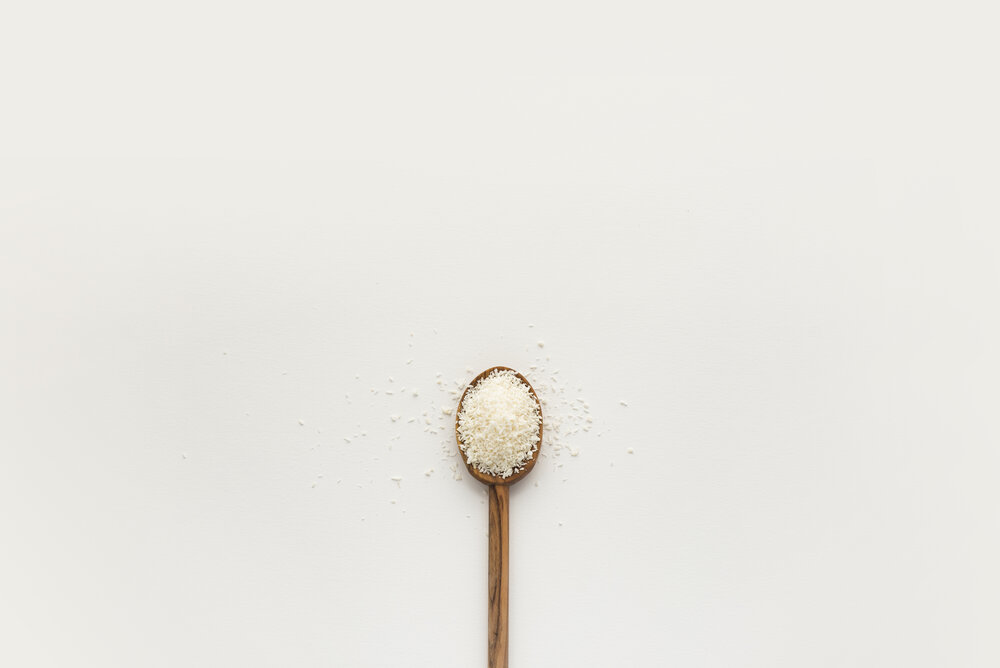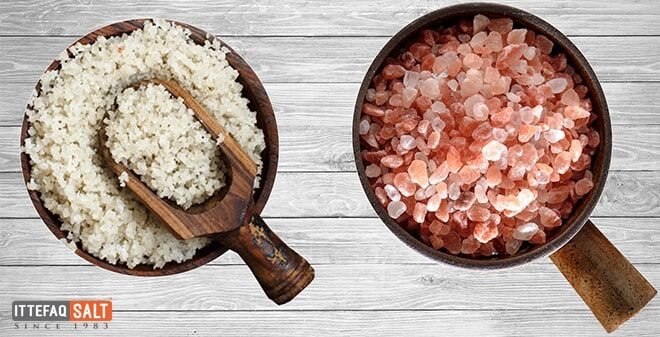
How many times do you get home from a run or a ride and notice a layer of salt on your clothing and skin?
It’s estimated that athletes lose up to 2,000 mg per liter of sweat. For example, studies have found that football and tennis players lose 800 to 8,500 mg of sodium over two hours of activity.
How much is necessary?
You’ve probably heard that most American eat too much sodium. The FDA dietary guidelines recommend no more than 2,300mg of sodium consumption per day, yet the average American consumes 3,400 mg of sodium per day. Most of that sodium intake comes from processed foods. Canned peas for example have 3x more sodium than frozen peas.
What about athletes?
Athletes however, eat less processed foods and more whole foods, so their sodium intake is much lower. Plus, they sweat a lot more than the average person, so the recommendation provided by the FDA is harmful to athletes. It’s very likely they are losing the daily 2,300 mg of sodium in just one hour or less of physical activity. Factors that influence how much sodium is excreted in sweat include body mass, training level, temperature, clothing, gender and heat/humidity.
Why does sodium get a bad rap?
Ancient cultures prized salt and it was even used as a form of payment. For years doctors have told us that diets high in sodium may increase the risk of developing high blood pressure, which is a major cause of heart disease and stroke, but new research contradicts the notion that all sodium is bad. In fact, recent studies have shown that low-salt diets are detrimental to health and are associated with higher mortality rates.
Why is sodium important?
Sodium is a mineral and electrolyte that is very important for bodily function. It helps maintain fluid balance inside and outside of the cells, promotes a healthy pH balance in the blood, assists in removing waste and carrying nutrients, and ensures that the nerves, muscles, heart and brain function properly.
If you lose too much sweat while working out or racing, it can severely affect your performance. In fact, a study found that athletes who replaced sodium lost in their sweat finished a triathlon 26 minutes faster than those who didn’t. Low levels of sodium decreases blood plasma volume and makes your cardiovascular system work harder to deliver oxygen and nutrients to your muscles. The immediate side effects of low sodium are increased fatigue, loss of concentration and muscle cramps.
How much sodium should athletes consume?
Athletes require more sodium than the general population, but it’s difficult to recommend an exact amount because it varies from individual to individual. While there are lab tests that can give you a more accurate assessment of your sodium loss rate, it probably isn’t necessary. The American College of Sports Medicine recommends 500-700 mg of sodium per hour. Though, if you are unconditioned, training in heat/humidity or notice a lot of salt streaks on your clothing, you probably need more than that.
What type of salt is the best?
You should always choose unrefined sea salt. It contains 82 percent sodium chloride and the rest is made up of essential minerals like magnesium, calcium, iodine, potassium and selenium. Refined salt is 100 percent sodium chloride has no trace elements and contains many additives.
The best type of salt for athletes is Pink Himalayan Salt and Celtic Sea Salt. Pink Himalayan salt is extracted from mines from the Punjab region of Pakistan and it gets its beautiful color due to the presence of iron and 84 trace minerals. Celtic Salt is harvested by hand using a 2000 year old Celtic traditional technique in Brittany, France, and it gets its grey color due to the presence of magnesium.

Celtic Salt and Pink Himalayan Salt
How to get more salt in your diet?
Liberally salt your food at all meals. Before training try to get in 300 to 500 mg of sodium and during training follow the recommended 500 to 700 mg of sodium per hour. Weigh yourself before and after training to calculate how many pounds of water weight you lost. For every pound of weight lost, drink 16-24 ounces of water.